Three Great GNs for Teaching Literature in Context This coming year, I've decided to do something rather bold. Now to me it doesn't seem bold, but no doubt some of my fellow IB educators will feel otherwise. For 2014-15, I've decided to replace each of our current texts for the Literature in Translation unit in the Language A: Literature course at The York School with graphic novels from the PLT (Prescribed Works of Literature in Translation). Those of you who love graphic novels and want an opportunity to teach them in a context other than in Unit 4 (The Options Unit) can do so in Unit 1. For those who are teaching the Language A course in English, there are currently four graphic novels you can choose from:
I won't be teaching these graphic novels until January 2015, but I can hardly wait. Although the contexts of these works are naturally all different (Aya, for instance, deals with growing up in the 70s in The Ivory Coast while Persepolis obviously deals with the Iranian Revolution in 1979), I think it's cool for students to have the graphic novel format as a consistent thread throughout the unit. The visual also gives them something else to focus on that is textual rather than contextual, an important feature for the Literature in Translation Paper that serves as the summative assessment for this unit. If you're an IB Educator for Language A: Literature, let me know what works you're planning to do for the Literature in Translation unit. Depending on your titles, I can point you in the direction of some graphic works that might help to facilitate your students' understanding! If you enjoyed this article, you might also enjoy:
6 Comments
Lisa Jensen-Hengstler
9/28/2014 10:47:49 am
Hi Glen!!
Reply
9/28/2014 02:43:57 pm
Great to hear from you, Lisa!
Reply
Nick
7/29/2016 06:35:08 am
I came across your website whilst having second thoughts about including Persepolis in my Part 1 component for the Literature course — thinking that it might be better suited to Part 4 (as the Guide suggests).
Reply
9/30/2017 12:09:28 am
Hi! I've previously taught Persepolis and this year my HL Literature class will study Aya as one of their Part 1 texts. I'm interested in trying out Naruto next year but there are so many volumes, how does it work? Is it Volume 1 only that is prescribed? Any info would be greatly appreciated 😊
Reply
Glen Downey
9/30/2017 08:45:56 am
Hi Aolfe!
Reply
Aoife Abushaqra
9/30/2017 11:41:44 am
Thanks for your quick response Glen! Yes, A Distant Neighbourhood looks like an interesting choice. I teach the Literature course so also considering focusing on Graphic Novels for Part 4 of the course which allows for free choice of texts to study. Your comment will be posted after it is approved.
Leave a Reply. |
Glen DowneyDr. Glen Downey is an award-winning children's author, educator, and academic from Oakville, Ontario. He works as a children's writer for Rubicon Publishing, a reviewer for PW Comics World, an editor for the Sequart Organization, and serves as the Chair of English and Drama at The York School in Toronto. If you've found this site useful and would like to donate to Comics in Education, we'd really appreciate the support!
Archives
February 2019
|

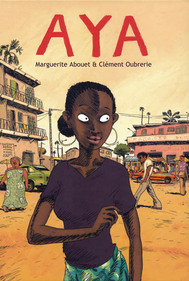
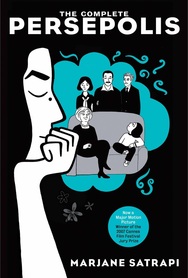
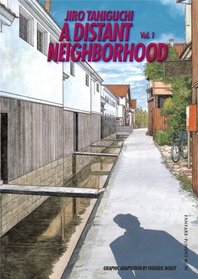

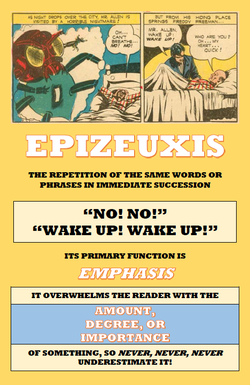
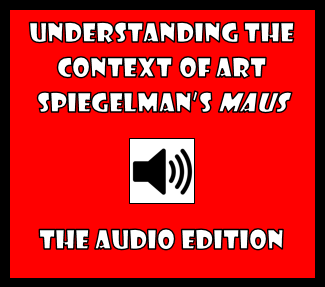
 RSS Feed
RSS Feed
